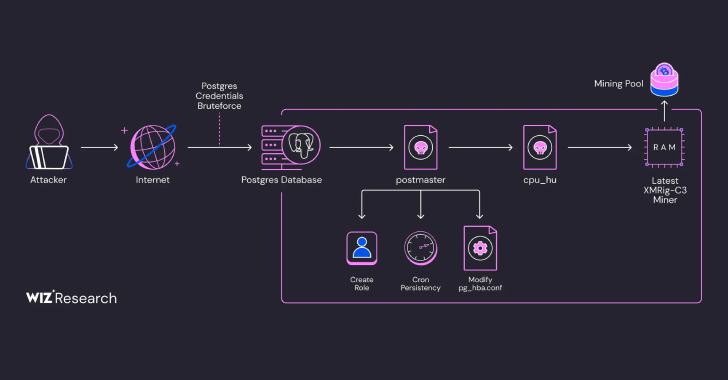
A How-To Guide for Creating an IT Roadmap & Architecture Plan
In the ever-evolving digital age, businesses can’t rely on static strategies or ad hoc technology implementations. An IT Roadmap and Architecture Plan are essential to ensure alignment with business goals, optimal resource utilization, and to guide investments in technology. But how do you create a robust IT roadmap and architecture plan? Let’s dive in.
- Define Your Business Objectives
Before you jump into technicalities, it’s crucial to understand where your business is headed. What are your strategic goals for the next year, three years, or even five? Are you aiming to expand to new markets, launch new products, or improve operational efficiency? Once these objectives are clear, you can then align your IT strategies to support them.
- Evaluate Your Current IT Landscape
Take stock of your current IT environment. This involves:
Infrastructure: Your servers, data centers, cloud platforms, and other foundational tech.
Applications: Software tools that your business relies on daily.
Data: How is data stored, accessed, and utilized in your company?
Security Posture: How well-protected is your IT ecosystem?
Skillsets: What capabilities do your IT personnel currently have?
This assessment will offer clarity on where gaps or redundancies exist.
- Identify Stakeholders
Every successful IT plan integrates feedback from stakeholders who will be affected by or influence the plan’s execution. This might include department heads, key users of the systems, IT team members, or even external partners. Their insights will ensure that the roadmap is not just technically sound but also pragmatically executable.
- Determine IT Priorities
With a clear understanding of business goals and the current IT state, you can now prioritize. Which IT initiatives will offer the most bang for your buck? Maybe it’s a shift to cloud computing, or perhaps it’s the integration of AI in your operations. Not all IT projects will deliver equal value, so prioritize based on business impact and feasibility.
- Design Your Architecture
This is where the technical meat of the plan comes in. Architecture planning involves deciding:
Infrastructure Design: Will you be on-premises, cloud-based, or a hybrid?
Data Management: How will you store, retrieve, and analyze data?
Integration: How will different systems and applications communicate with each other?
Security: What security frameworks and protocols will you adopt?
Ensure that the architecture is scalable, flexible, and aligns with industry best practices.
- Develop a Timeline
Your IT roadmap should clearly lay out a timeline for each initiative. This timeline will detail when each project begins, its milestones, and expected completion date. It’s beneficial to use a visual tool, like Gantt charts, to represent this for clear communication to stakeholders.
- Budget Allocation
No IT plan is complete without a clear budget. Once you have your initiatives and timelines set, you can allocate resources. This includes financial investments, personnel assignments, and other resources. Ensure that there’s a buffer for unexpected costs.
- Establish KPIs and Monitoring Mechanisms
How will you know if your IT plan is on track? Set clear Key Performance Indicators (KPIs) to measure the success of each initiative. This could range from system uptime metrics, user adoption rates, to ROI on specific tech investments. Periodically review these KPIs to ensure alignment with business objectives.
- Communication
Once your IT roadmap and architecture plan are ready, communicate it. Ensure that everyone, from the C-suite to the IT technician, understands the plan, its objectives, and their role in its success. Clear communication will foster ownership and smoother execution.
- Review and Adapt
Finally, remember that an IT roadmap isn’t set in stone. As technology evolves and business needs shift, it’s essential to revisit and adjust the roadmap. Make it a habit to review the plan periodically and adapt as needed.
Conclusion
Creating an IT roadmap and architecture plan might seem daunting, but with a systematic approach, it becomes a manageable task. Such planning ensures that IT doesn’t function in a silo but is integrally linked with overarching business objectives. By following this guide, businesses can set themselves up for technological efficiency, agility, and success in a digital-first world.
Contact Cyber Defense Advisors to learn more about our Technology Roadmap & Architecture solutions.





